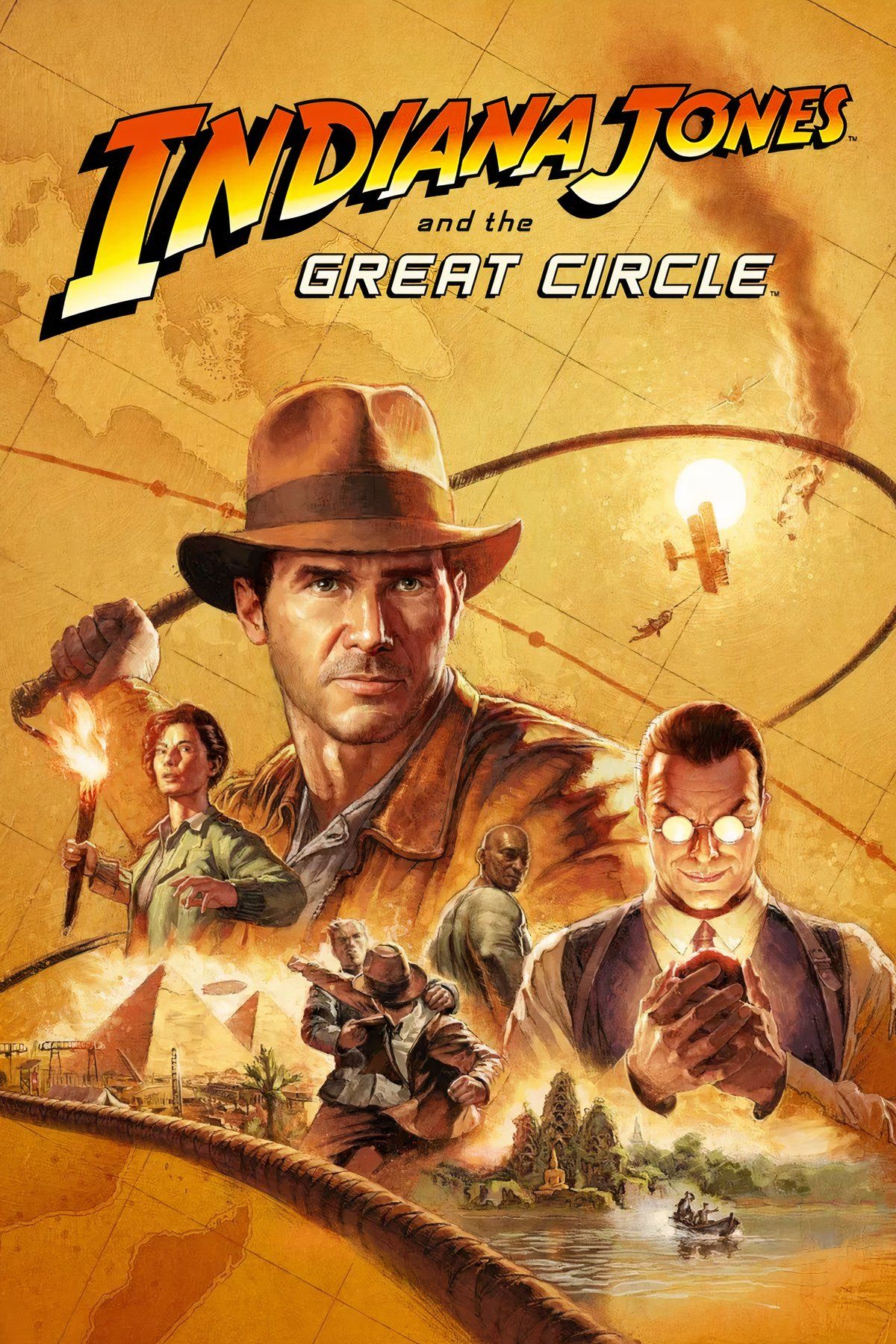Generally speaking, past Indiana Jones video games have been quite linear. From the early LucasArts point-and-click adventures, to action games like Indiana Jones and the Emperor’s Tomb, to the LEGO Indiana Jones games, most adaptations have seen the player control Indy through a set of linear objectives. Many expected the same from Indiana Jones and the Great Circle, but it’s a game unlike anything fans of the franchise have seen before.
Indiana Jones and the Great Circle is essentially an immersive sim that sees players get dropped into several large, open-ended areas. While players can choose to stick to their main objective and just head to each quest marker in a linear fashion, they’re given free rein over this open area, an area that contains a wealth of side quests, collectibles, disguises, and upgrades. And if the quality of those optional activities wasn’t enough of an incentive, Indiana Jones and the Great Circle‘s interconnected level design is sure to nudge players over the edge.

Related
Indiana Jones and the Great Circle’s Last Crusade Easter Egg Explained
Indiana Jones and the Great Circle is filled with blink-and-you’ll-miss-it Easter eggs, and there’s one that ties directly to The Last Crusade.
Indiana Jones and the Great Circle’s Level Design Reinforces The Game’s Immersion
The Interconnected Nature of Indiana Jones and the Great Circle’s Levels Feels Logical
World design is a pivotal component of the immersive sim genre. In order to properly engross players in its setting, an immersive sim’s world needs to feel like a real living and breathing place that abides by the in-universe logic and rules that have been clearly defined through gameplay or plot. An immersive sim’s setting can’t feel like it revolves solely around the player-character and their actions.
Indiana Jones and the Great Circle‘s various settings all follow these immersive sim rules. The game’s naturalistic lighting and shadows, NPC and enemy AI behavior patterns, physics systems, and its overall atmosphere combine to make The Great Circle‘s world feel like a real living and breathing place. Indiana Jones and the Great Circle‘s interconnected level design reinforces this feeling even further.
The layout of Indiana Jones and the Great Circle‘s open areas feels logical. For instance, in Indy‘s Vatican, the central courtyard leads to two main areas, which themselves branch off into various alleyways and building interiors that players can explore. These areas are then further connected by a variety of passageways, such as underground tunnels, surface-level doorways, and rooftop balconies that can be clambered over. All of these connecting paths feel completely natural in the context of the setting, furthering players’ immersion in the game’s world.
Indiana Jones and the Great Circle’s Interconnected Levels Gradually Build a Connection With Players
A major benefit of good interconnected level design is that it gradually builds a strong connection between the player and the game’s world. The more players explore an open area and walk down the same connective paths, the more of the level’s layout they commit to memory. Eventually, players will have enough knowledge of the area’s layout to confidently navigate the world themselves without needing to look at a map.
Indiana Jones and the Great Circle
‘s excellent map is instrumental in initially building players’ confidence and connection to these open areas.
After exploring the Vatican’s chapels, courtyards, gardens, and connecting alleyways over the course of the game’s opening hours, players will probably know the fastest route to a handful of memorable locations. For instance, to get to the Excavation Site from the courtyard, players who have developed a connection to the game’s level design will probably make their way up the scaffolding at the back of the courtyard, climb through the window, take a left at the lockbox puzzle, take a right through the doorway, and hop over the balcony on the left.
Having this strong connection due to Indiana Jones and the Great Circle‘s interconnected level design goes a long way in cementing these locations in the player’s mind, and making them memorable video game settings in the long run.

